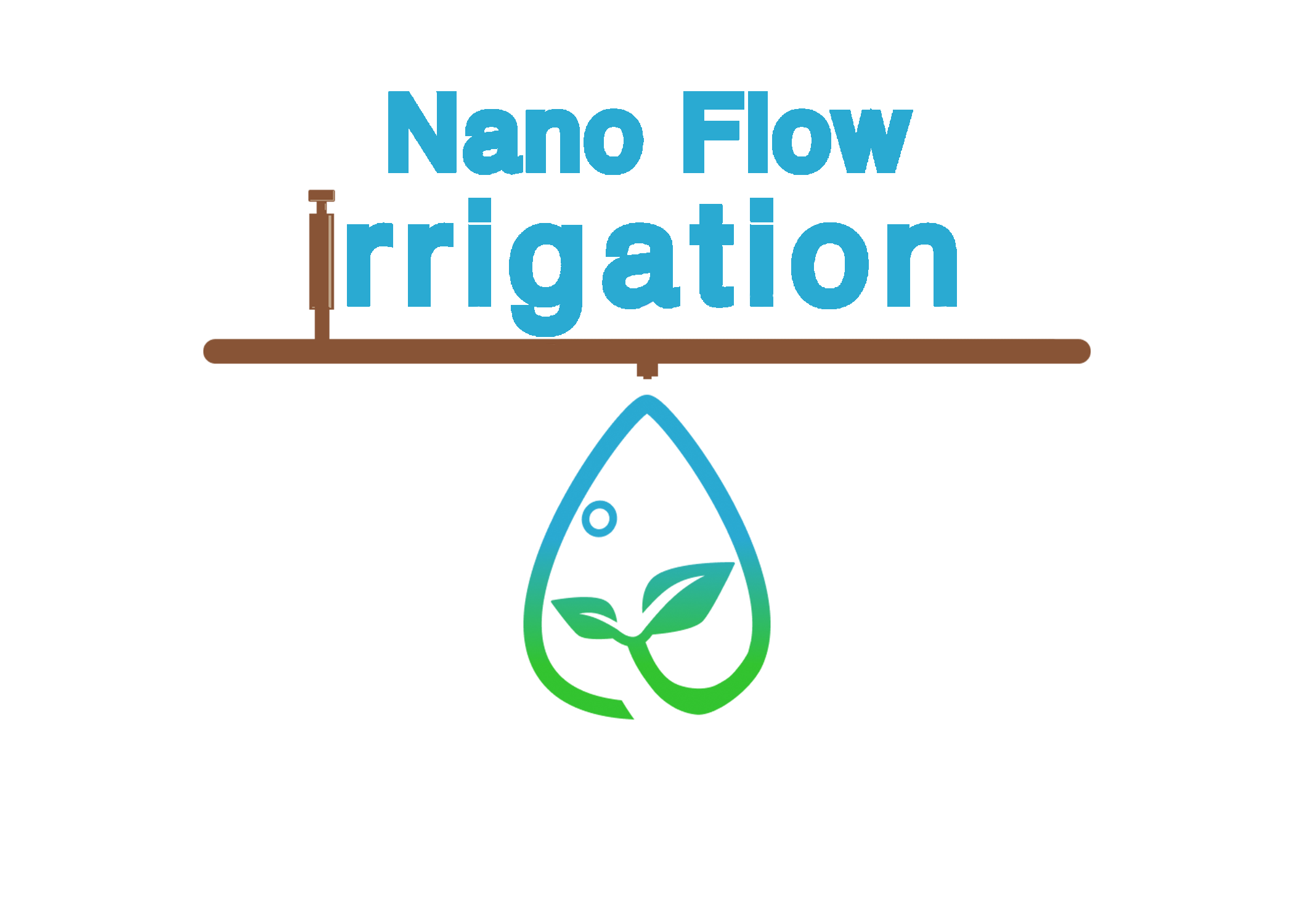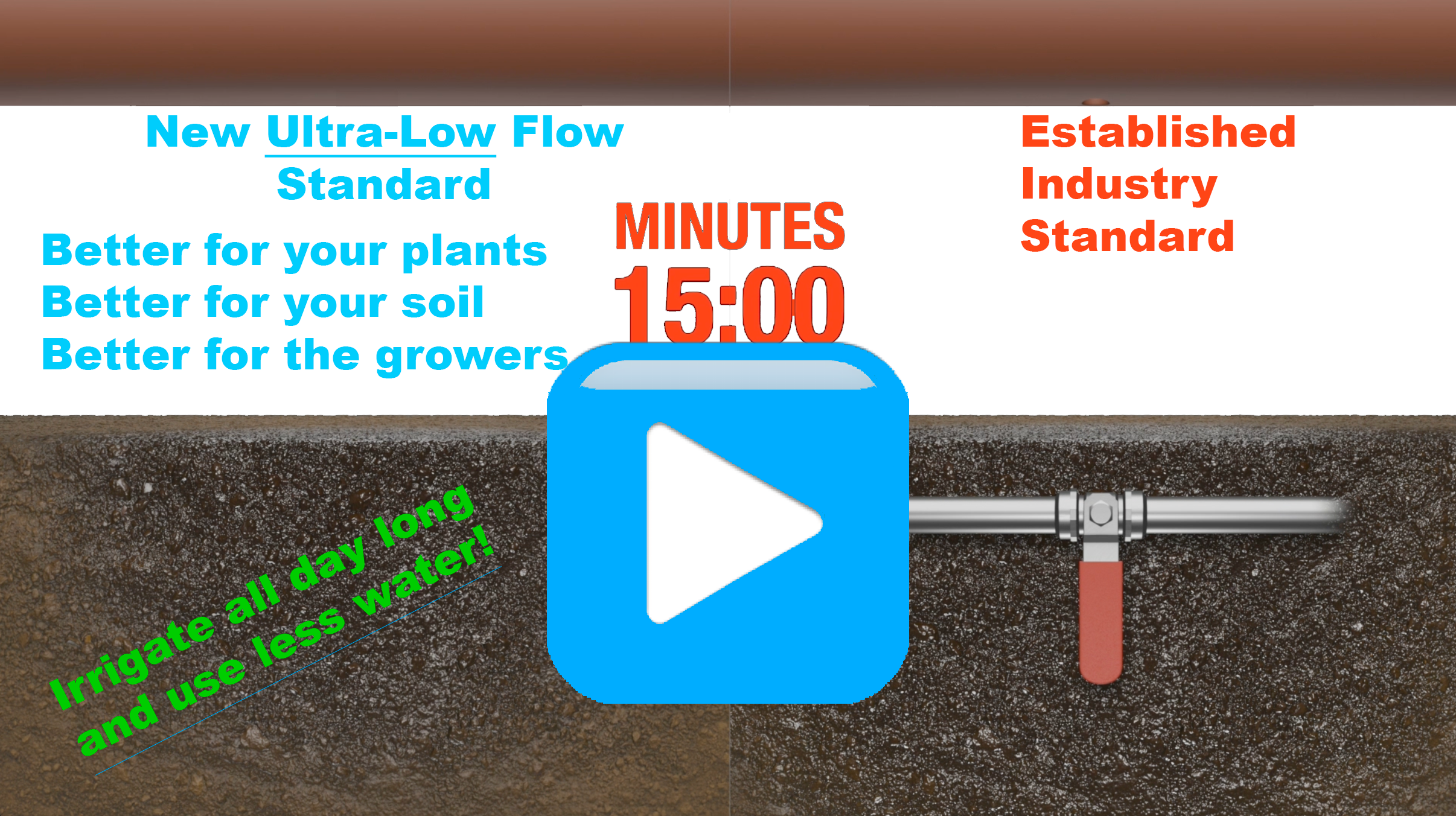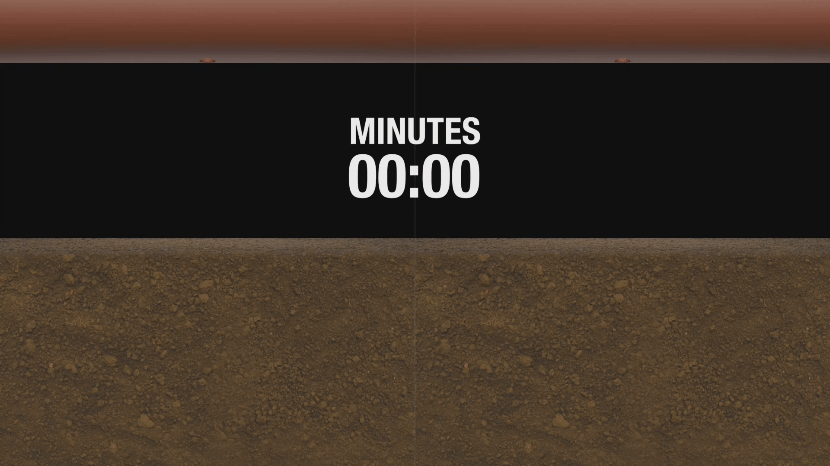


| A: Flow Rate (GPH) | 0.005 |
| B: Flow Rate (GPH) | 0.5 |
| Emitter Spacing (inches) | 18 " | |
| Row Length(feet): | 1000 ' | |
| Number of Rows: | 2 | |
| Row Spacing: | 5 feet |
|
|
vs |
|
Did you know?


CEO & Founder
I was taught about developing and manufacturing low flow products from my family role models. The science was inspired by my grandfather's innitiative.
It is my goal to challenge the status quo for efficient irrigation practices and improve water footprint with everything he taught me.